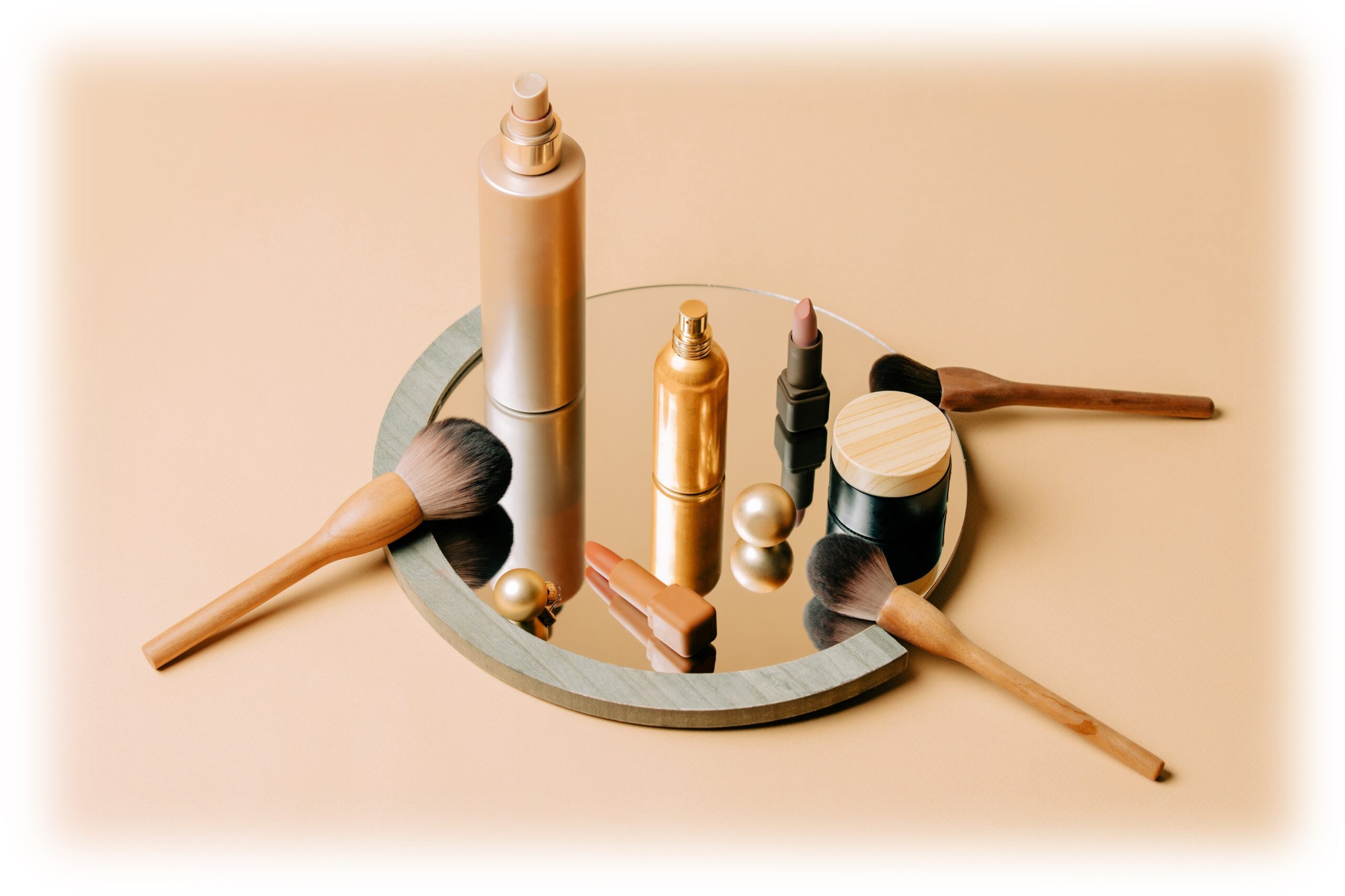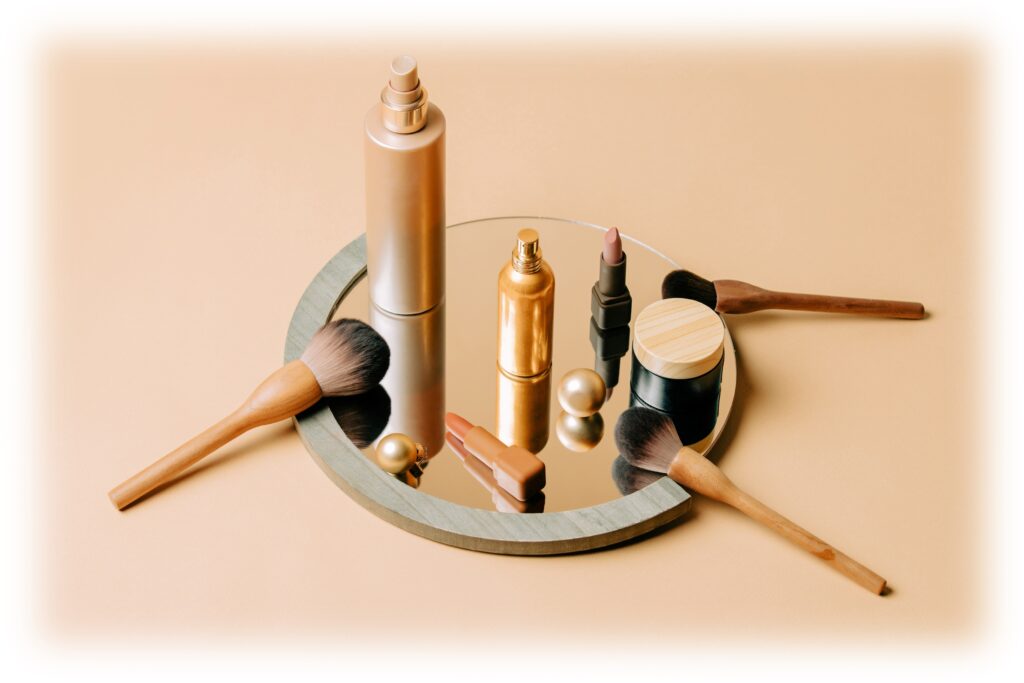Table of Contents
Introduction
Cosmetics industry is in the midst of a scientific revolution. Driven by advances in biotechnology, nanotechnology, and dermatological research, beauty products are now more effective and sophisticated than ever before. This merging of scientific discovery with cosmetic innovation has enabled the creation of skincare products that not only enhance beauty but also promote skin health. From pioneering active ingredients to advanced delivery systems, science is shaping the future of beauty.
In addition, environmental consciousness is prompting the development of sustainable and eco-friendly beauty products, which are both kind to the skin and the planet. As consumer awareness grows, the demand for transparency and ethical practices is pushing the industry towards greener innovations and cruelty-free formulations. This scientific revolution is not only transforming products but also redefining the standards and expectations within the beauty industry.
Importance of Active Ingredients
Active ingredients are the backbone of modern cosmetics. These are the components that directly affect the skin’s appearance and health, such as retinoids, hyaluronic acid, and antioxidants like vitamin C. Retinoids are renowned for their anti-aging properties, helping to reduce wrinkles and improve skin texture. Hyaluronic acid is a powerful hydrator, capable of holding up to 1000 times its weight in water, making it essential for moisturizing products.
Antioxidants protect the skin from environmental damage and reduce inflammation. The efficacy of a cosmetic product largely depends on the quality and concentration of these active ingredients, making their inclusion and optimization a critical aspect of product formulation.
Moreover, advancements in delivery systems, such as encapsulation and microencapsulation, have improved the stability and penetration of active ingredients, ensuring they reach the deeper layers of the skin where they are most effective. These innovations not only enhance the performance of the products but also contribute to their safety and user experience. Understanding the role and function of active ingredients empowers consumers to make informed choices, selecting products that are scientifically proven to deliver desired results.
Nanotechnology for Cosmetics
Liposomes
Liposomes are microscopic vesicles that can encapsulate active ingredients, enhancing their delivery into the skin. These structures mimic cell membranes, allowing for better absorption and prolonged release of the active compounds. This makes liposomes particularly effective in anti-aging and moisturizing products.
Peptides
Peptides are short chains of amino acids that play a crucial role in skin repair and regeneration. Nanotechnology allows these peptides to penetrate deeper into the skin, improving their efficacy. Peptides can stimulate collagen production, reduce wrinkles, and enhance skin elasticity.
Microneedling Patches
Microneedling patches are a novel delivery system that uses tiny needles to create microchannels in the skin. These channels facilitate the deeper penetration of active ingredients, making treatments more effective. This technology is often used for anti-aging, acne, and hyperpigmentation treatments.
Exosomes
Exosomes are nano-sized vesicles that facilitate cell communication and regeneration. They can deliver growth factors and other bioactive molecules to target cells, promoting skin repair and rejuvenation. Exosomes are emerging as a promising tool in regenerative skincare.
Microbiome
The skin microbiome, the community of microorganisms living on the skin, plays a vital role in skin health. Advances in microbiome research are leading to the development of products that support and enhance the skin’s natural microbiome, improving skin barrier function and reducing inflammation.
Global Standards and Regulatory Standards
The cosmetic industry is governed by a complex web of global standards and regulatory frameworks to ensure product safety and efficacy. In the United States, the FDA oversees the regulation of cosmetics, ensuring they are safe for use. In the European Union, the Cosmetics Regulation (EC) No 1223/2009 provides comprehensive guidelines on product safety, labeling, and marketing.
Compliance with these standards is crucial for any cosmetic product to enter the market. It involves rigorous testing for potential allergens, toxicological assessments, and stability testing. Ensuring adherence to these regulations helps protect consumers and maintain industry integrity.
Sustainable Innovations
Sustainability is a growing concern in the cosmetics industry. Consumers are increasingly demanding products that are not only effective but also environmentally friendly. This has led to a surge in sustainable practices, such as using renewable ingredients, reducing plastic packaging, and implementing eco-friendly manufacturing processes.
Brands are investing in biodegradable packaging, sourcing raw materials ethically, and reducing their carbon footprint. Sustainable practices are becoming a benchmark for innovation in the cosmetic industry, aligning with global efforts to combat environmental degradation.
Safe Application and Possible Reactions
While the advancements in cosmetic science offer numerous benefits, it’s essential to be aware of potential side effects. Active ingredients, especially at high concentrations, can cause skin irritation, allergies, or other adverse reactions. For example, retinoids can cause dryness and peeling, particularly when first introduced into a skincare routine. Peptides and other active compounds can also lead to sensitivities if not formulated correctly.
It’s crucial for consumers to conduct patch tests and follow product instructions carefully. Consulting with dermatologists can also help mitigate risks, especially for individuals with sensitive skin or underlying skin conditions.
Cost-Effective Cosmetic Solutions
One of the challenges in the cosmetics industry is making advanced, scientifically-backed products accessible and affordable. While premium products with high concentrations of active ingredients and cutting-edge technologies tend to be costly, there is a growing trend towards democratizing beauty.
Brands are increasingly focused on developing cost-friendly products without compromising on efficacy. This involves optimizing supply chains, using scalable technologies, and leveraging economies of scale to reduce costs. As a result, more consumers can access high-quality skincare solutions, bridging the gap between luxury and everyday beauty.
Future of Cosmetics
The future of cosmetics lies in personalized skincare, driven by scientific advancements and consumer demands. Personalized skincare involves tailoring products to an individual’s unique skin type, concerns, and genetic profile. This approach promises higher efficacy and satisfaction, as products are specifically designed to meet individual needs.
Artificial intelligence and machine learning are also set to play a significant role in this transformation. These technologies can analyze vast amounts of data to predict skin responses and recommend products, creating a more personalized and effective skincare regimen.
Furthermore, continued research into the skin microbiome, stem cells, and regenerative medicine will pave the way for new treatments that can reverse skin aging and repair damage at a cellular level. The integration of these advanced scientific discoveries will keep pushing the boundaries of what cosmetic products can achieve.
Conclusion
The merging of scientific discovery with cosmetic innovation is transforming the beauty industry. From active ingredients and nanotechnology to sustainable practices and personalized skincare, these advancements are making cosmetics more effective, safer, and environmentally friendly. As the industry continues to evolve, driven by consumer demands and scientific breakthroughs, the future of cosmetics looks promising, offering new opportunities for healthier, more radiant skin.
In addition, ethical considerations and a growing emphasis on cruelty-free testing are also shaping the market, ensuring that beauty products align with the values of conscientious consumers. With ongoing research and development, we can anticipate even more innovative solutions that not only enhance beauty but also contribute to overall well-being. The fusion of science and cosmetics is paving the way for a future where beauty and health are harmoniously intertwined.
References
1.Schagen, S. K. (2017). Topical peptide treatments with effective anti-aging results. International Journal of Cosmetic Science, 39(5), 424-431. https://www.mdpi.com/2079-9284/4/2/16
2.Dureja, H., Kaushik, D., Gupta, M., Kumar, V., & Lather, V. (2005). Cosmeceuticals: An emerging concept. Indian Journal of Pharmacology, 37(3), 155. https://journals.lww.com/iphr/fulltext/2005/37030/cosmeceuticals__an_emerging_concept.4.aspx
3.Muthu S, Bapat A, Jain R, Jeyaraman N, Jeyaraman M. Exosomal therapy-a new frontier in regenerative medicine. Stem Cell Investig. 2021 Apr 2;8:7. https://www.ncbi.nlm.nih.gov/pmc/articles/PMC8100822/
4.Gupta V, Mohapatra S, Mishra H, Farooq U, Kumar K, Ansari MJ, Aldawsari MF, Alalaiwe AS, Mirza MA, Iqbal Z. Nanotechnology in Cosmetics and Cosmeceuticals-A Review of Latest Advancements. Gels. 2022 Mar 10;8(3):173. https://www.ncbi.nlm.nih.gov/pmc/articles/PMC8951203/
5.U.S. Food and Drug Administration. Cosmetics. https://www.fda.gov/cosmetics
6.European Commission. (2021). Cosmetics – Internal Market, Industry, Entrepreneurship, and SMEs. https://commission.europa.eu/about-european-commission/departments-and-executive-agencies/internal-market-industry-entrepreneurship-and-smes_en


